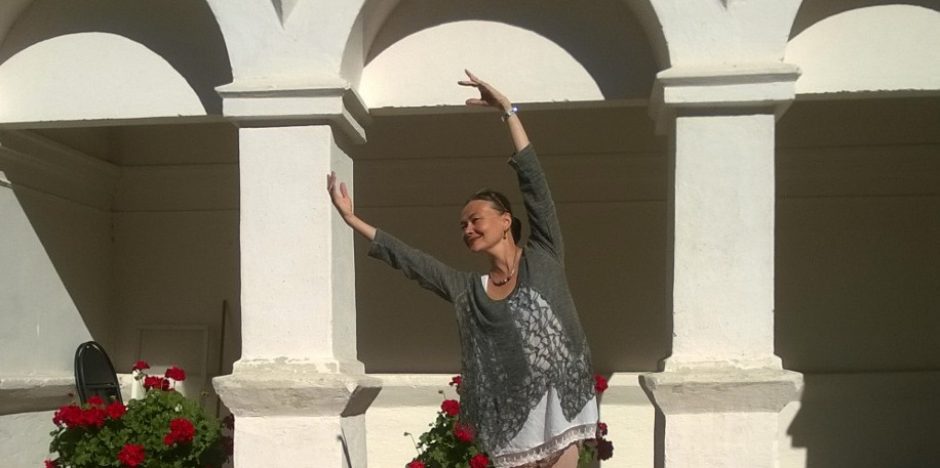Upon the start of a new semester, I’m turning to contemporary choreographers for inspiration and guidance for writing my course implementation plans. One of my all-time favorites is the Czech choreographer, Jiri Kylian, who is currently on the Finnish National Opera repertory with his alluring neo-classical ballet Bella Figura. By chance I came across a film clip from a rehearsal of Bella Figura at Paris Opera where Kylian is sharing his insights on the art of choreography. This is all very applicable to all teaching as well.
https://www.youtube.com/watch?v=MXSdTssVyPM
What can we then learn from Kylian? Significantly, he never walks into a studio with preconceived ideas: “I try to create an atmosphere in which everybody participates in the creation.” Naturally, sharing the experience and having the input of the dancers not only makes the choreography richer, but the process is also more fun! Kylian looks back at his early stages as a young and insecure choreographer. Then he would work out each single step at home to ensure perfect movements when encountering the dancers in the studio. However, today Kylian regards this as the most boring way of creation. He wants to make sure that “everybody believes that we are making something worthwhile”. In sum, Kylian has some general outline of the choreographic work, however, the final form is shaped by improvisation and the creative input of the dancers.
My initial question is whether my students believe that we are making something worthwhile together. Against the reflections of Jiri Kylian, I find the traditional implementation plan a very rigid tool. Yes, I write them as it is a mandatory task. Then I forget all about them. Then, at times, I feel guilty after the course has ended upon noticing that this was not at all how the course turned out. Well, after having listened to Kylian’s views on co-creation, I feel completely reassured. As trained dancer and qualified dance-teacher I use the methods I feel most comfortable with: sensing the atmosphere and dynamics of the group, exploring the kinesthetic quality of students and improvising when it feels right. I want to give a lot of room for new ideas to emerge. This is illuminated by some feedback one student wrote in her course portfolio at the end of last semester:
“Coming to your lectures was always a pleasure as you can never imagine what would happen! I feel it’s always important to practice how to be with your own body, presence and so on and always a worthy thing to be reminded of, so it’s not all about the language. “
Frankly speaking, I could not always imagine myself what would happen, it just happened. Some groups are light as candy floss, others deeply rooted in the soil, and then again there are groups as brittle as thin glass. All these different type of groups cannot possibly have the same implementation plan even if the course code happened to be the same. And as I cannot know beforehand what a group will be like, it is an impossible task to write a finalized implementation plan. So I offer a very pragmatic solution for myself: I submit the implementation plan at the beginning of the course, then I just ignore it. Voilà! On a more serious note, I would welcome a discussion on how the traditional implementation plan fits into Porvoo Campus Curriculum. Maybe we would need a more real-time organic and amorphous solution. Something in constant transformation.
